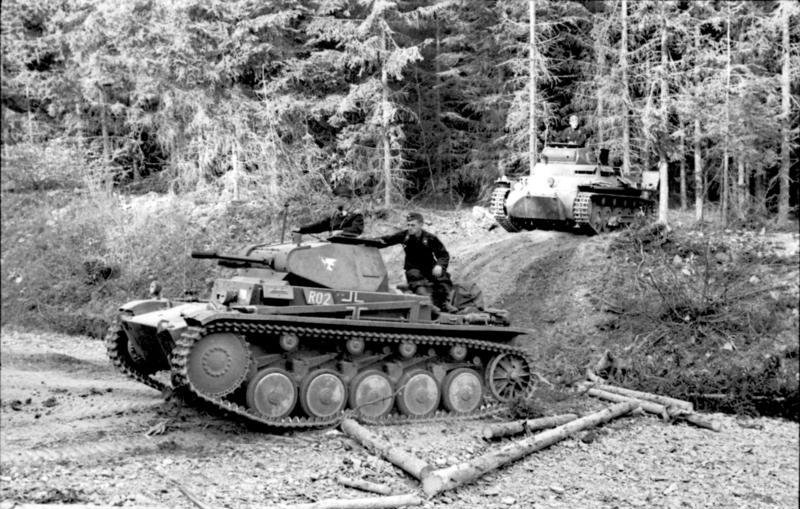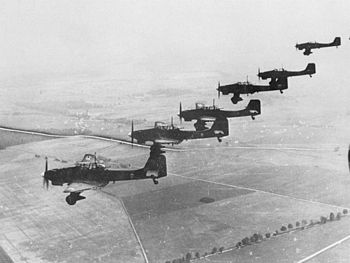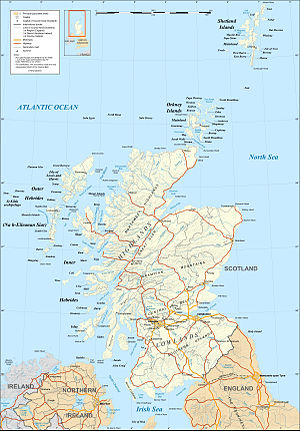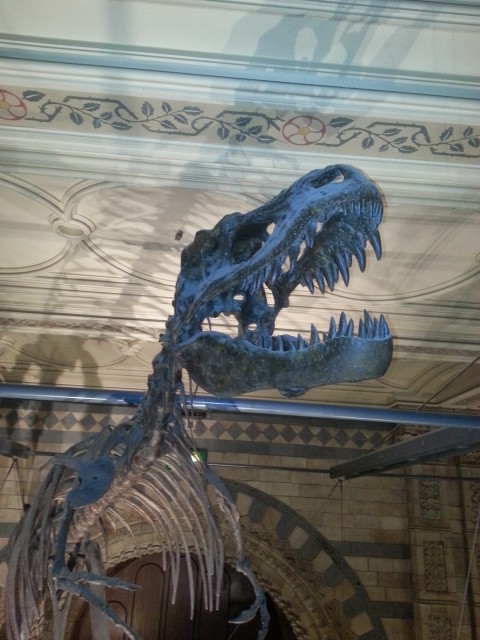The megagame of the 1813 campaign in Europe was played at Anerley Town Hall on Saturday 7th November 2009. My role was as General Blucher, the senior Prussian Military Commander and also the Commander of the joint Prussian-Russian Army of Silesia.
We started off during the ceasefire period of August 1813, with my army in the furthest South East section of the map, in Reichenbach, near Breslau, in what I think is now Poland. The other member of my team was Mike Young, playing a Russian General. Our orders were to stay put until a general plan of action had been agreed. The initial army council of war having failed to set an objective other than to defeat Napoleon.
We were up against Marshal Ney’s army, which was immediately to our front across a river. We also had some distance between us and Ney’s Army, about 1 turn’s worth of tactical marching. However the first turn still had the ceasefire in effect.
A quick conflab with my staff officer sorted out the Army of Silesia’s plan. We weren’t going to wait for a plan before we started operations. We were going to take the war to the French and see how far West we could get, fighting French armies on the way. We decided to operate two parallel columns of about equal strength along parallel roads taking us due West to the Elbe near Dresden and then North-West on the Eastern bank of the Elbe (because we expected the Army of Bohemia to our South to be operating into the west Bank of the Elbe towards Leipzig).
Having decided what we wanted as army boundaries we then informed both the Army of Poland (to our North and in the process of forming) and also the Army of Bohemia (commanded and co-located with Prince Schwarzenberg, the overall C-in-C of the allied armies).
That done orders were written for our army columns to move non-tactically. One column of mainly Russians would move directly up the main roads into contact with the French armies. The other column, with mostly Prussians and under my direct command, took a southerly route and force marched to attempt to cut off the French army from its source of supplies. These manoeuvres were successfully completed without breaking the terms of the ceasefire or alerting the French to the outflanking.
The moment the ceasefire ended we were on the move. The Prussian column moved northward and successfully cut off the French from their supplies (evidenced by reports of having captured many French supply waggons). The other column knocked on the front door and the French retired in front of them. We encircled MacDonald’s corps and another by the end of the second turn, and forced Marshal Ney’s HQ & a third corps to retire as well.
We then attempted to fight a battle against the two French corps from both sides as the fog closed in. The result was a very confusing action in the fog during which the two French Corps managed to slip away over a river and through some woods. (Rob, my liaison umpire, told me that we had been incredibly unlucky as he had rolled a 0 on the d10. Any other result would have been a clear allied victory). None the less, we had attacked the French, held the battlefield while they retreated and so claimed this as a victory!
We followed closely on the heels of the French army, and several times I issued orders for battle at first light to find that the French had already started their retreat. Harrying them to the West I finally decided to forced march to bring them to battle, which resulted in another Prussian victory around turn 6. Unfortunately I didn’t make notes of the place where this battle was fought and don’t have a copy of the map to refer to, but it was about 60km North-East of Dresden.
It was at this point that the Army of Bohemia started to get in my way. Despite an exchange of several letters where I made it clear what progress we were making and insisting that their plan was flawed and unnecessary they had persisted in their drive due North from their start point (rather than North-West as I had suggested). They had decided that they wanted to take Ney’s Army in the rear (which I had already done before they told me that they wanted to do it).
What happened next was that my Army was prevented from moving West by a column of the army of Bohemia that I had corresponded with in the immediate previous turn as I saw it close to my line of march. The commander had deliberately ignored my correspondence and move down the road I had claimed as my line of advance (which had been sanctioned by the C-in-C).
I was bloody furious about this and shouted at the players concerned, threatening to attack any army that was in my way. In part this had some good effects, but it stalled us moving west for two turns, and limited my area of operations significantly as the Army of Bohemia de facto claimed a chunk of the Eastern bank of the Elbe as their own operating area (leaving the Western bank more or less clear apart from a couple of corps that stuck close to the river and took some of the crossings from the west).
At the same time Berlin got taken by the French and set on fire (not entirely sure by whom). I was then instructed by the King of Prussia to do what I could to liberate Berlin. he also gave instructions to the Guard Corps and the Reserve Cavalry to join my Army along with the Prussian II Corps.
At the same time Marshal Ney’s Army had turned North, and one of my two columns had pursued him. We fought a third battle at a city with a river to the east (where the allied Army of Poland was waiting just across the river). I took the city and my engineers repaired the bridges over the river. The Army of Poland then took the initiative and surged west following Ney’s Army. I had a fruitful liaison meeting with the Army of Poland while the two Army Commanders were co-located and we agreed some boundaries and a strategy.
My Northern column turned South again and marched back to the rest of the army, some 80-100 Km due North of Dresden. Rumours of Napoleon’s Guard were arriving, along with reliable reports of lots of French troops. Uncharacteristically I ordered my army to dig in around the town while we concentrated. This was just as well. Ney attacked us supported by the French Guard Artillery. Following an Arty duel our Artillery Corps destroyed the French Guard Artillery. Ney’s Army was bloodily repulsed, but only because the Prussian Guards and Reserve Cavalry had been committed. This resulted in the Cavalry being destroyed (it only had 1 strength point) and the Guard down to 50% off original strength.
The next turn Ney came back, but this time my entire Army was present and I had rotated two very battered Russian Corps out of the front line and replaced them with the Prussian I Corps. At the same time Napoleon was attacked by the army of Poland 20km to our North. The French lost both battles.
This, I decided, was the time to attack. The fresh Prussian II Corps arrived and we moved North with bayonets fixed, the order “Advance implacably & kill the French” duly issued. In the course of the next two turns pursuit we killed four French Corps, plus the Old Guard. The surviving Prussians equipped themselves with bearskins and then moved back South to clear the road for the Army of Poland.
We found ourselves with no avenue of advance, surrounded by friends. So we started south again in pursuit of some French stragglers that were moving for Dresden in the hope of getting across the Elbe there. However the Army of Bohemia had taken both Dresden and all the nearby crossings.
Another about turn ensued and we went back to the North and got in contact with Napoleon’s army just east of Wittenberg (about 40km or so). Although by this time Napoleon was no longer with the Army. We were on the direct Southern flank of the Army of Poland again and this limited our flexibility and ability to go anywhere. Our only option that allowed free movement was attacking into the French who almost a
lways retired in front of us
.
On approaching Wittemberg we met the local armed forces outside the town. They were claiming neutrality and I offered them the opportunity to join the alliance against Napoleon. They were at least partly convinced by my proffered arguments that we’d fought with Napoleon in 1812, but could see that he was now a spent force and that us Germans ought to band together to get rid of the foreigners interfering in how we enjoyed our sovereignty.
At that point the game ended, which was just as well as we’d been thoroughly boxed in by our supposed allies.
The only trouble we had was from our friends, the enemy were most accommodating…
Like this:
Like Loading...

 The Blitzkrieg Legend: The 1940 Campaign in the West by Karl-Heinz Frieser
The Blitzkrieg Legend: The 1940 Campaign in the West by Karl-Heinz Frieser


















